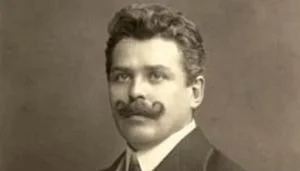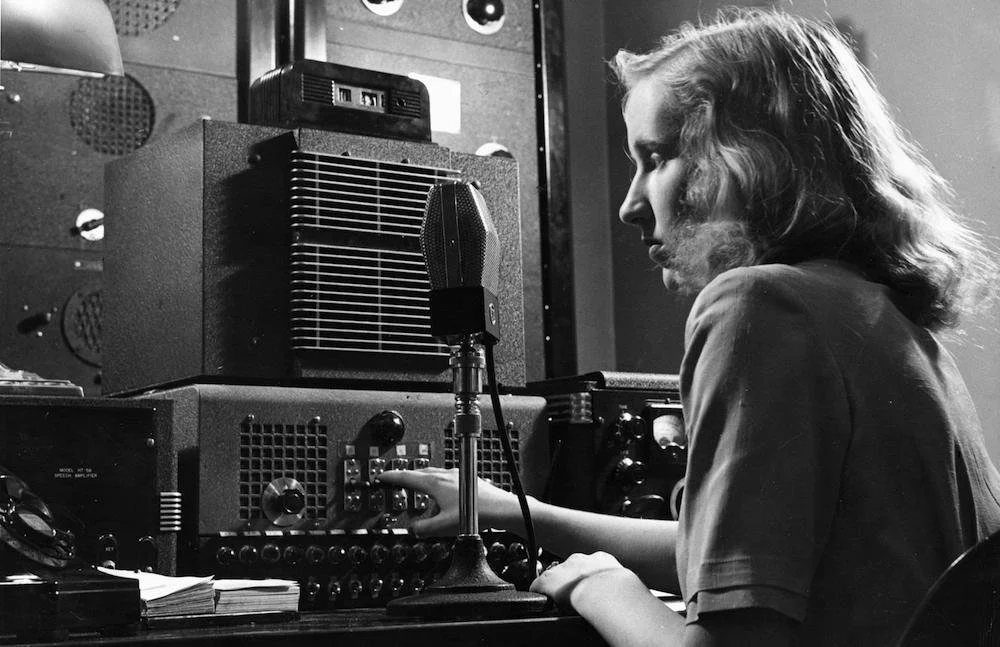Irena Bernášková, the second of Vojtěch Preissig’s three daughters, started her life in Boston, after being born in Prague, before returning to what was now Czechoslovakia. It was at this moment that she dedicated her life to writing and publication, particularly to resist the Nazi occupation. Although her relationship with her father initially splintered, it eventually mended as the two published a resistance magazine, V boj.
Witness to the Revolution
As the trailblazing Velvet Revolution took place, many foreign to Czechoslovakia intensely paid attention. Some eyewitnesses photographed and recorded violence against protesters by riot gear police. Others made efforts to report the incidences and progress to the world as the revolution proceeded. The efforts of both protesters and witnesses to the revolution made way for a freer Czechoslovakia.
Sculptures in the Czech Republic
Letna Carousel
Labor Camp Rediscovered in the Shadow of Stalin
As of 2021, the remains of Stalin’s regime linger in the now-Czech Republic. Although the Stalin Monument in Prague was removed in 1962, over 50 years later the labor camp emerged from the shadows of the monument. It was through another archeological search for bastion fortifications that the labor camp remains were discovered.
Frantisek Kupka: Orphism
Bohemian artist Frantisek Kupka is the forefront mind behind the art form of Orphism. Orphism focuses on color and abstraction, similar to Cubism but also an “evolution” where abstract shapes are given precedence in contrast to solid, known geometric shapes. There are many examples of Orphism to see, spanning many years.
The Hussite Reformation: Revolution and Wars
With Jan Hus’s execution at the Council of Constance in 1415, the Church and Holy Roman Emperor believed that the issues of Bohemian heresy had been successfully resolved. However, Bohemia erupted into protest and revolt in response to the death of Jan Hus. Expelling the Catholic priests and throwing the city council members from the New Town Hall windows, the Hussites of Bohemia refused to accept the authority of the Church or their king. To quell this revolution, Holy Emperor Sigismund and Pope Martin V launched an invasion and five crusades against Hussite Bohemia, calling upon the Christian world to lend them aid. However, led by a man named Jan Žižka and later Prokop the Great, the Hussites would not be so easily defeated.
History of Karlštejn
Karlštejn Castle was built by Bohemian King and Holy Roman Emperor Charles IV to house holy relics and the crowns of the kingdom and empire. Karlštejn Castle consists of three different levels, those being the Imperial Palace, the Marian Tower, and the Great Tower. Throughout the castle, Karlštejn housed many jewels and precious stones, symbols of royal authority and legitimate monarchy. Karlštejn Castle remains a cultural, historical, and architectural icon in central Europe and the Czech Republic.
Alfons Mucha: Father of Art Nouveau and Proud Czech
Alfons Mucha was an illustrator and the originator of the Art Nouveau movement. After being expelled from school for doing poorly, he decided to become a professional artist but still had trouble getting accepted by the Acadamy of Fine Arts in Prague, meaning he had to begin with a modest career. With the aid of a wealthy benefactor, Mucha worked as an illustrator in Paris, where he found his first lucky break when being commissioned to work on the commercial advertisement of Sarah Bernhardt’s Gismonda. This was the moment when his career prospects and celebrity skyrocketed.
The Life of Zuzana Růžičková
Zuzana Růžičková was a prominent pianist and musician. Although her life began with sickness, learning the piano and the harpsichord provided Růžičková with a passion to pursue throughout her life. The occupation of the Nazis in Czechoslovakia interrupted her life, like the lives of others, but her passion for music remained indefinitely throughout. Throughout her adult life, Zuzana Růžičková would proceed to win accolades and perform around the world, remaining a part of the Czech musical community until her death in 2017.
St. George’s Basilica and the Benedictine Nuns
St. George’s Basilica, the second church built in the Prague Castle was adopted by Benedictine nuns. Because of their involvement and the location of the basilica, it provided the citizens of Prague a place to socialize and politically organize. The existence of this convent provided girls and women to participate in the religious and educational landscape of Bohemia.
Czechs and Coffee
Although Prague is known for its beer, another important stable of Czech culture includes coffee and coffeehouses. Coffeehouses provided a place for the poor, men, and particularly women to congregate, discuss, organize, and entertain. Although the use of coffeehouses by women was mired in controversy due to brothels attached to some of them, coffeehouses still provided a place for women to discuss societal emancipation. The Café Louvre is one such coffeehouse that has served as a bedrock for many historical figures to organize and entertain and continues to do so to this day.
Brief History of Pankrác Prison
In the late 19th century, Pankrác Prison was built to replace the old St. Wenceslas Prison. Built with what many considered to be modern amenities for a prison of its time, Pankrác Prison would go on to be used through the Habsburg monarchy, Nazi occupation, and communist rule, up until today where it is still in use.
Epidemiologist Ervin Adam helped eradicate polio in Czechoslovakia
Ervin Adam, a world-renowned Czech epidemiologist, died on 3/21/23 at the age of 101 in Houston, Texas. The doctor, who was instrumental in Czechoslovakia being the first country in the world to eradicate polio, went through several concentration camps during World War II because of his Jewish origin and survived a death march. From 1968 he lived in exile – first in Canada and later in the United States. In 2013 he received the prestigious Czech Head Award.
Jan Janský: Blood Types
The Hussite Reformation: Life of Jan Hus and the Church
In 1414, a Czech theologian named Jan Hus was called before the Council of Constance for heresy against the Catholic Church and Pope. Jan Hus had preached about the need to reform the corruption within the Church, desiring to adhere more to a more communal Christianity that he believed the New Testament spoke of, and for that he had been excommunicated numerous times. His life up to this point set the groundwork for the eventual history of the Catholic Church and the Holy Roman Empire to change forever.
Radio Revolution
Radio and its revolutionary effect were felt in Czechoslovakia just as it was in the rest of the world. It began with the first broadcasts, occurring before World War I, into the first Czech-produced program in late 1919. Of course, as radio technology progressed and advanced, its use as a medium for propaganda grew more and more robust. Despite its use in propaganda, radio also served as a tool to disseminate important information about the nation and the world at-large.
Jan Kotěra: Founder of Modern Czech Architecture
Jan Kotěra was an important figure in Czech architecture for his use of modern elements in his works, earning him the title of “founder of modern Czech architecture.” Kotěra’s career began with the renovation of Červený Hrádek, using both neo-Gothic and Art Nouveau elements outside and inside, respectively. Despite being controversial in terms of culture and architectural style, Kotěra’s life and career continued in success, culminating in the creation of his 1913 “masterpiece” the Museum of Eastern Bohemia. Throughout his life, Jan Kotěra continued to create and build works of great architecture.
Karel Zeman: Czech Film Director and Animator
Legendary Czech film director, screenwriter, artist, and animator, Karel Zeman is known for creating fantasy and science fiction films. His first major breakthrough occurred in 1943 while participating in a window-dressing competition in Brno, where he accepted a job offer to work for the Bata Film Studios in Zlin. After that, in 1945, Zeman began work on A Christmas Dream, then directed his first feature film, The Treasure of Bird Island, in 1952. His work is illustrious enough for a museum dedicated to his work, the Karel Zeman Museum in Prague.













